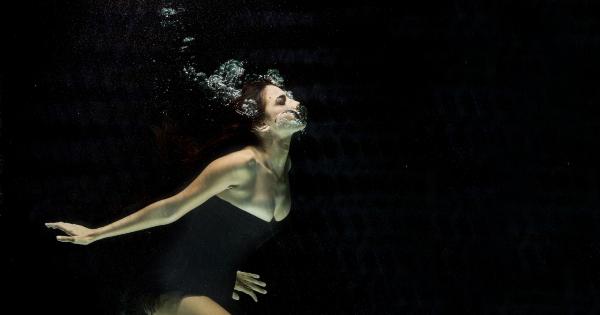Colors have the power to evoke emotions and feelings in individuals. In the world of psychology, colors are associated with different emotions, and marketers use this knowledge to invoke feelings of positivity and goodwill about a product.
While there are common color associations, namely red for passion, blue for serenity, and green for nature, there are many hues that have the power to elicit strong reactions. Here are some colors and their emotional associations:.
Black
Black is a powerful color that is associated with sophistication, elegance, and power. Black is often used in fashion and branding to create a sense of luxury and exclusivity. It is also used to convey seriousness, as in the case of funeral attire.
White
White is a color that is associated with purity, simplicity, and innocence. It is often used in branding to convey simplicity and clarity of thought.
White can also be associated with sterility and emptiness, and it can evoke feelings of coldness and detachment.
Yellow
Yellow is a bright color that is associated with happiness, optimism, and creativity. It can be used to catch attention and convey cheerfulness. However, too much yellow can be overwhelming and cause anxiety and stress.
Orange
Orange is a color that is associated with warmth, excitement, and enthusiasm. It is often used to create a sense of urgency and prompt action, such as in advertising. On the other hand, orange can also be associated with aggression and impatience.
Red
Red is a color that is associated with passion, love, and energy. It is often used to convey excitement and urgency, as in the case of warning signs.
Red can also elicit feelings of anger and aggression, and it is often used in branding to evoke a sense of power and dominance.
Pink
Pink is a color that is associated with love, romance, and femininity. It is often used in branding and advertising to create a sense of sweetness and innocence.
Pink can also be associated with weakness and vulnerability, especially in male-dominated industries.
Purple
Purple is a color that is associated with luxury, royalty, and spirituality. It is often used in branding and advertising to create a sense of exclusivity and opulence.
Purple can also be associated with mystery and ambiguity, and it can evoke feelings of unease and discomfort.
Green
Green is a color that is associated with nature, growth, and harmony. It is often used in branding and advertising to create a sense of sustainability and eco-friendliness.
Green can also be associated with envy and jealousy, and it can evoke feelings of nausea and sickness.
Blue
Blue is a color that is associated with serenity, trust, and confidence. It is often used in branding and advertising to create a sense of security and reliability.
Blue can also be associated with sadness and depression, and it can evoke feelings of coldness and detachment.
Brown
Brown is a color that is associated with earthiness, simplicity, and comfort. It is often used in branding and advertising to create a sense of warmth and approachability.
Brown can also be associated with dirtiness and sloth, and it can evoke feelings of heaviness and dullness.
Conclusion
Colors are a powerful tool in the world of branding and advertising. However, it is important to understand their emotional associations and use them accordingly.
By incorporating the right hues in your marketing strategy, you can create a strong emotional connection with your audience and elicit the desired response.






























